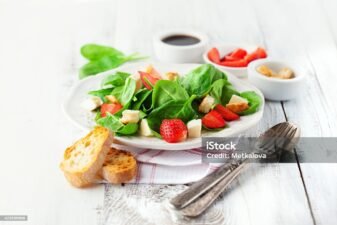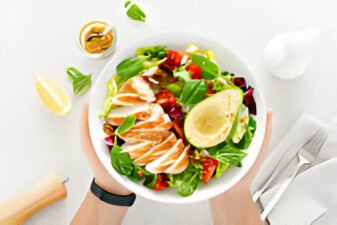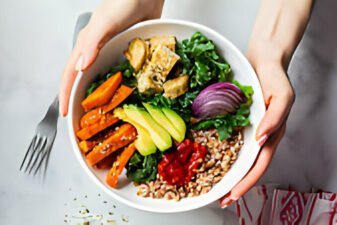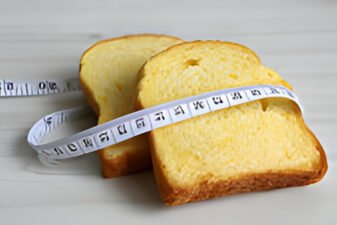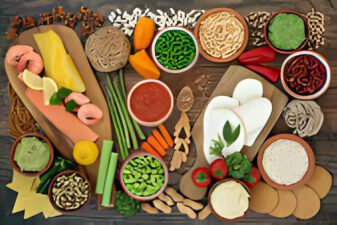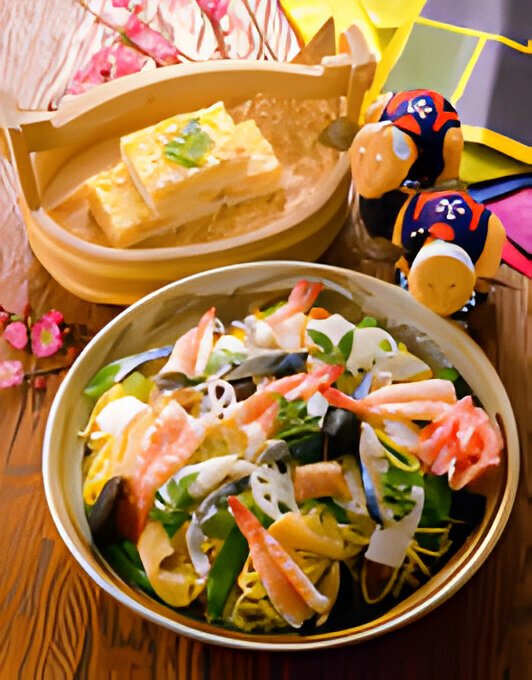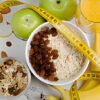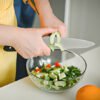First of all, remember that GI values only apply to foods containing carbohydrate. Therefore, if the only carbohydrate in a meal has a high GI, then the GI of the whole meal is high. For example, if the only carb in your meal is bread, the GI of that meal will be 70. Therefore, to reduce the GI value of a meal, you must include lower-GI carbs. Here are some healthy suggestions for lowering GI value.
Low-GI Breakfast Suggestions
– Add All-Bran or oats to your breakfast
– Eat bread with a lower-GI, like rye or any whole grain variety
– Add low-fat fruit yogurt
Low-GI Lunch Suggestions
– Add chopped vegetables (eg. celery, carrot sticks, tomatoes)
– Add nuts (eg. peanuts, cashews) or dried fruit (eg. apricots)
– Add fruit (eg. apple, berries)
– Add low-fat fruit yogurt
Low-GI Dinner Suggestions
– Add plenty of vegetables (treat meat as an extra, not the main item)
– Add beans, lentils
– Add (or finish with) fruit (fresh, stewed or baked)
How to Lower Glycemic Effect of a Meal Even Further
As we have seen (What Determines Glycemic Effect), the presence of certain substances in the stomach and intestinal tract, during digestion (eg. fiber, acid or fat), can reduce the speed at which carbs are converted to glucose and thus reduce glycemic effect. By adding these items to our meal, we can lower it’s glycemic impact on our system.
Add Soluble Fiber to Your Meal
Soluble fiber (eg. from oats, apples, citrus fruits) in the stomach or small intestine inhibits interaction between carbohydrate and the digestive enzymes, whose job is to break down the carb into glucose.
Add Food Acids to Your Meal
Acid (eg. from lemon juice or vinaigrette) in the stomach during digestion slows down stomach emptying and thus the conversion of carbs to glucose.
Add a Little Healthy Oil
Like acid, fat/oil retards stomach emptying and thus glucose metabolism. However, all oil is high in calories, while not all oil is healthy. So choose carefully, and add any oil sparingly. The best fats/oils are uncooked and unrefined. Choose ones like extra virgin olive oil, wheatgerm oil, canola, flaxseed (linseeds).
Creating Lower GI Meals: Summary
The GI effect of high-GI foods can be reduced by eating them together with low GI foods in a balanced meal. Adding soluble fiber and/or food acids also helps lower GI. When using fats or oils, choose carefully.
